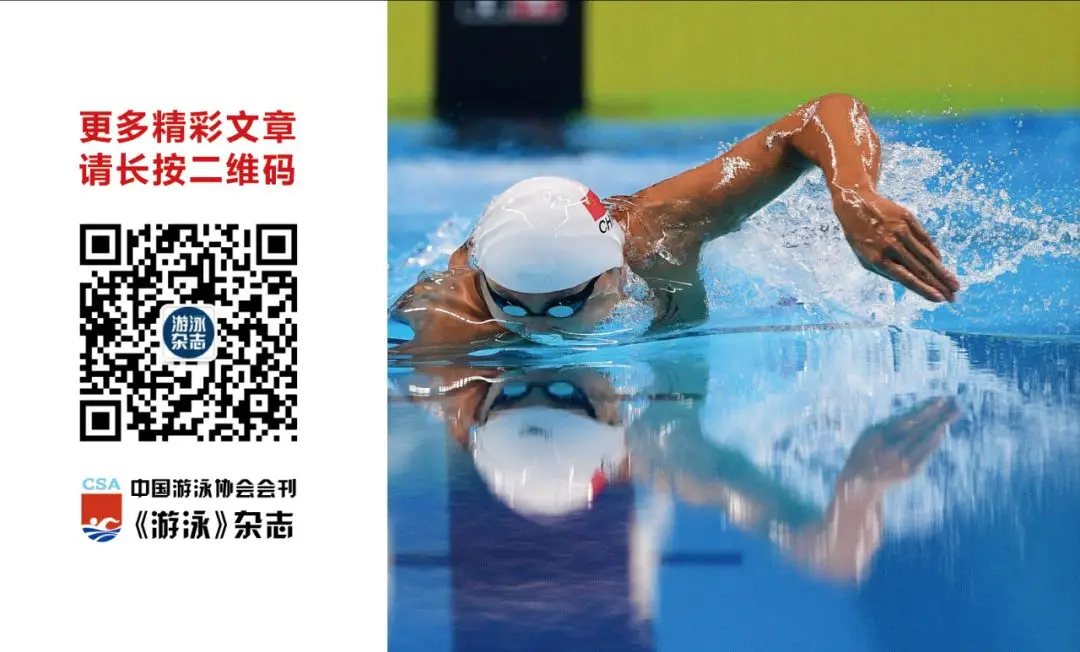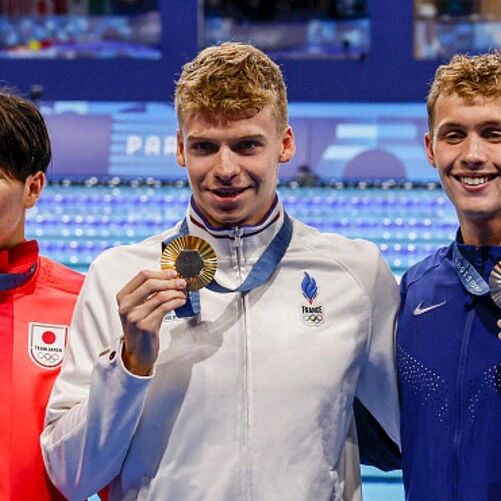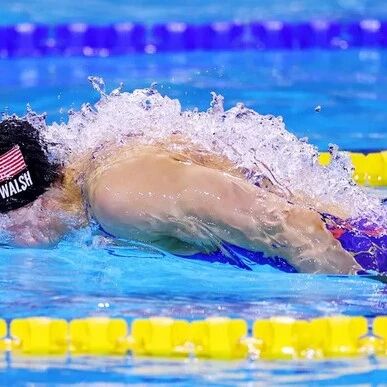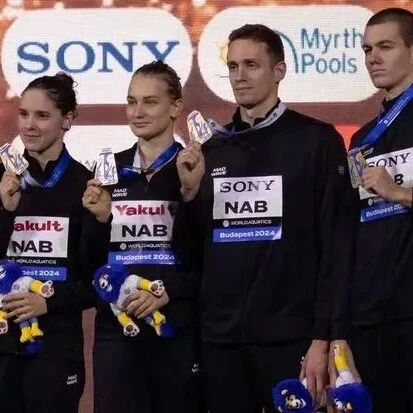Focusing on key areas and critical links in building a sports powerhouse, National Sports Administration Director Gao Zhidan called for deepening sports reforms with greater courage and determination—responding to public concerns during the "Ministerial Channel" session.
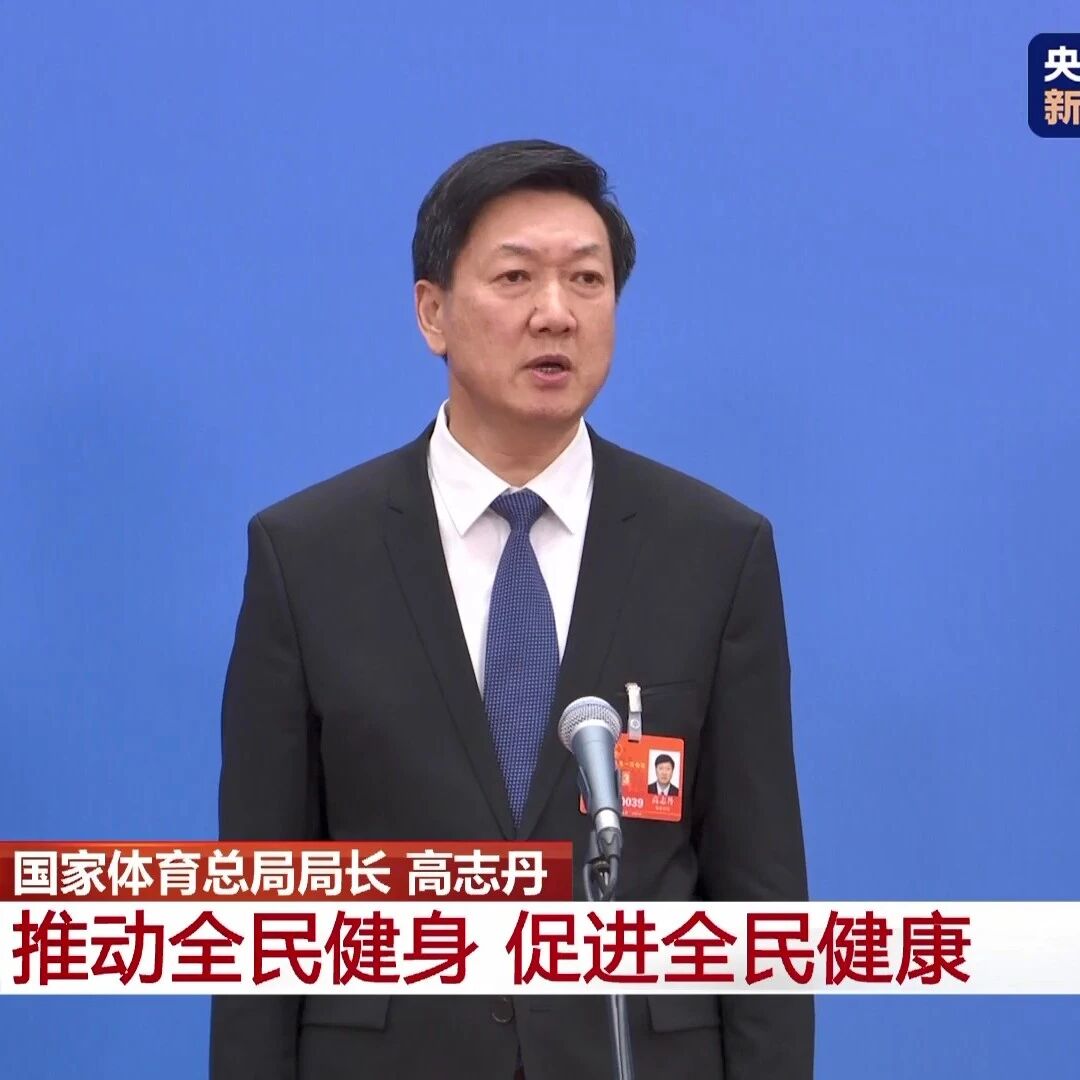


On March 11, the third "Ministerial Channel" session of the fourth meeting of the 14th National People's Congress kicked off, during which Gao Zhidan, Director of the General Administration of Sport of China, addressed pressing questions from reporters on topics of widespread public interest, including deepening sports reform, boosting the ice and snow economy, and building a sports powerhouse.
Gao Zhidan stated that the sports system must be guided by Xi Jinping Thought on Socialism with Chinese Characteristics for a New Era, accurately embracing the strategic positioning outlined by General Secretary Xi: "Sports are a vital pathway to enhancing public health, a key means of fulfilling people's aspirations for a better life and fostering well-rounded human development, an important driving force behind economic and social progress, and a significant platform for showcasing a nation’s cultural soft power." On this foundation, the system should not only strive for excellence in competitive sports to bring glory to the country but also fully leverage the diverse values and functions of sports—serving the health of the people, benefiting society and the economy, and improving daily life. By adopting more practical measures, adhering to higher standards, and moving forward at an accelerated pace, we can speed up the building of a sports powerhouse and contribute the unique strength of sports to China’s path toward modernization.
The Government Work Report gave full recognition to sports achievements in 2024, specifically highlighting that "Chinese athletes achieved the best-ever results for China competing abroad at the Paris Olympics." In response, Gao Zhidan emphasized that, under the strong leadership of the Party Central Committee and the State Council, as well as with the overwhelming support from people across the country, the Chinese Olympic delegation not only delivered outstanding athletic performances but also excelled in upholding spiritual values. This remarkable feat showcased the spirit, strength, and global image of China in the new era.
“We’ve particularly observed that, amid media coverage and public attention, athletes’ sportsmanship, cultural awareness, and personal charisma have garnered just as much admiration and praise as their competitive achievements—highlighting not only the educational value of sports but also bolstering national confidence. China’s status as a global sporting powerhouse is a microcosm of our nation’s development in the new era, vividly illustrating the timeless truth that ‘when national fortunes rise, sports thrive; when the country grows stronger, sports grow stronger too.’”
The Third Plenary Session of the 20th Central Committee of the Communist Party of China has clearly outlined the overarching goal of further comprehensively deepening reform. The sports sector must remain firmly committed to the ambitious vision of building a sports powerhouse by 2035, continuing its efforts, embracing innovation, and striving to write a new chapter in the development of sports.
Gao Zhidan also provided an overview of the key areas and critical steps for the next phase of sports initiatives.
We need to seek new breakthroughs in sports reform.The Third Plenary Session of the 20th Central Committee of the Communist Party of China has outlined a strategic plan to enhance the public fitness service system and reform and improve the management structure and operational mechanisms of competitive sports. Meanwhile, the Government Work Report has also set forth specific requirements for sports-related initiatives. In response, the General Administration of Sport is currently developing a comprehensive indicator system for building a sports powerhouse, as well as deepening reform measures in the sports sector—aiming to create a new national framework that integrates efforts across the board under the "national unified strategy" approach.
By deepening reform, we will deliver higher-quality sports public services and products to the people, establish a new national sports system that better supports the advancement of competitive athletics, and build a modern governance framework for sports that is scientific, well-structured, highly efficient, and dynamic. This will ensure that macro policies are more comprehensive, governance systems become more advanced, service provisions are richer, market mechanisms are more flexible, and regional characteristics are more distinct—ultimately making Chinese sports more inclusive, relevant to our times, and globally competitive.
To achieve new successes in promoting sports for the benefit of the people.Actively responding to the increasingly diverse sports needs of young people and the expanding aging population, we must keep pace with the times by accelerating the construction and upgrading of sports facilities, while also enhancing their quality. At the same time, we should enrich the supply of mass sports events and fitness products. Importantly, we must start early—with children—further broadening the scope and approaches of youth sports, ensuring that the younger generation cultivates resilience and nurtures healthy minds through physical activity.
To strengthen our achievements in building a sports powerhouse, we must accelerate scientific and technological innovation, deepen open exchanges, and solidify the progress made so far. We’re fully committed to preparing meticulously for both the Milan Winter Olympics and the Los Angeles Olympics. Building on our established strengths, we aim to achieve significant breakthroughs in core and key sports such as track and field, as well as the "three major ball sports." Furthermore, following last year’s successful hosting of the first National Youth Games for the Three Major Ball Sports, this year we will alsoEstablish the National Youth Athletics GamesTaking multiple measures to strengthen the foundation for sports development.
Gao Zhidan stated that in recent years, the sports system has earnestly implemented General Secretary Xi Jinping’s call to "engage 300 million people in winter sports," while actively embracing the development philosophy that "icy and snowy landscapes are invaluable assets." Efforts have been continuously stepped up to expand the supply of ice and snow events and activities, with ongoing initiatives such as the National Mass Ice and Snow Season and programs bringing winter sports into schools. Meanwhile, the young athletes who once glided across snowboards or skated on ice, chasing their dreams during Beijing's bid for and hosting of the Winter Olympics, have now become the driving force behind today’s thriving ice and snow movement.
We have comprehensively enhanced the competitive level of ice and snow sports. At the Harbin Asian Winter Games, Chinese athletes competed in all events, achieving the best-ever results in the nation's history.
Actively promoting the development of ice and snow facilities, China added 417 new venues nationwide during the 14th Five-Year Plan period, with a growing diversity in venue types. In Hulunbuir, the first urban cross-country ski trail accessible to the public has been completed, allowing residents to enjoy skiing right in the city—just like jogging! Meanwhile, Altay in Xinjiang has emerged as a thriving hub for ski resorts.
The vigorous development of ice and snow sports has spurred growth across the entire ice-and-snow industry chain, while a unique cultural identity rooted in local traditions is taking shape. Combining the joy of ice and snow viewing with innovative ice and snow sports activities, ice and snow equipment is becoming increasingly diverse, unlocking vast market potential. Meanwhile, coordinated collaboration among the three northeastern provinces, the Beijing-Tianjin-Hebei region, and Northwest China is fostering vibrant synergy in both sports and tourism sectors.
At the end of last year, the General Office of the State Council issued "Several Opinions on Stimulating the Vitality of the Ice and Snow Economy through High-Quality Development of Ice and Snow Sports," providing top-level guidance for advancing both ice and snow sports and the broader ice and snow economy—and unlocking significant policy benefits in the process.
Regarding the next steps, Gao Zhidan stated that the sports system must continue to implement the spirit of the Central Economic Work Conference and the requirements outlined in the Government Work Report. Specifically, it should further leverage the momentum of high-quality development in ice and snow sports to invigorate the ice and snow economy, solidifying the foundation of the sector's total economic value at over one trillion yuan—and striving toward the ambitious goal of reaching 1.5 trillion yuan by 2030.
In terms of the policy framework, we will prioritize the introduction of policies related to ice and snow equipment manufacturing, ice and snow tourism, and financial support, while significantly increasing both policy initiatives and financial investments. This move aims to bolster domestic enterprises producing ice and snow equipment and gear, continuously improve the business environment for the ice and snow economy, unlock policy benefits, and ultimately boost and expand consumer spending on ice and snow activities.
On the product supply side, we encourage regions to host high-level ice and snow events, continue promoting the "Travel with the Events" initiative, and organize sports events that bring participants into scenic areas, neighborhoods, and commercial districts—creating vibrant, high-quality outdoor destinations centered around ice and snow sports.
Expand overseas promotion efforts to help snow and ice enthusiasts around the world learn more about China’s Altay, Beidahu, and Yabuli—attractions that are drawing increasing numbers of international tourists eager to experience winter skiing in China.
Building on existing progress, we will balance development with security, intensify efforts to cultivate talent in ice and snow sports, encourage broader public participation in these activities, accelerate the development of standards in the ice and snow sector, enhance the quality of ice and snow venue infrastructure and service delivery, and refine the mechanisms for data collection, analysis, and monitoring of ice and snow sports as well as the ice and snow economy—continuously driving high-quality growth in the field of ice and snow sports. (From Page 01 of the March 12 edition of China Sports Daily)
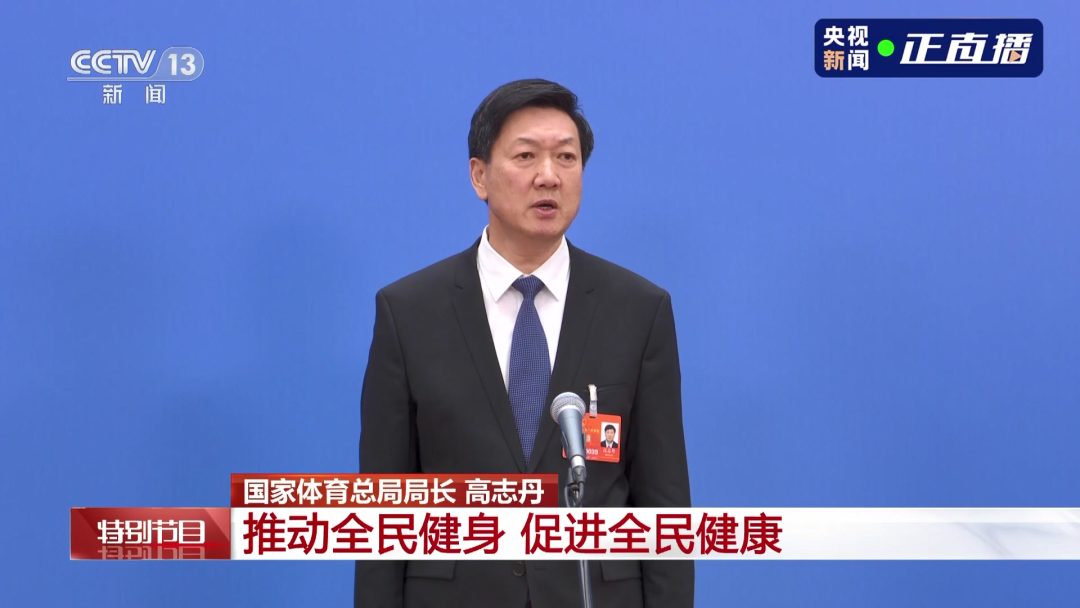
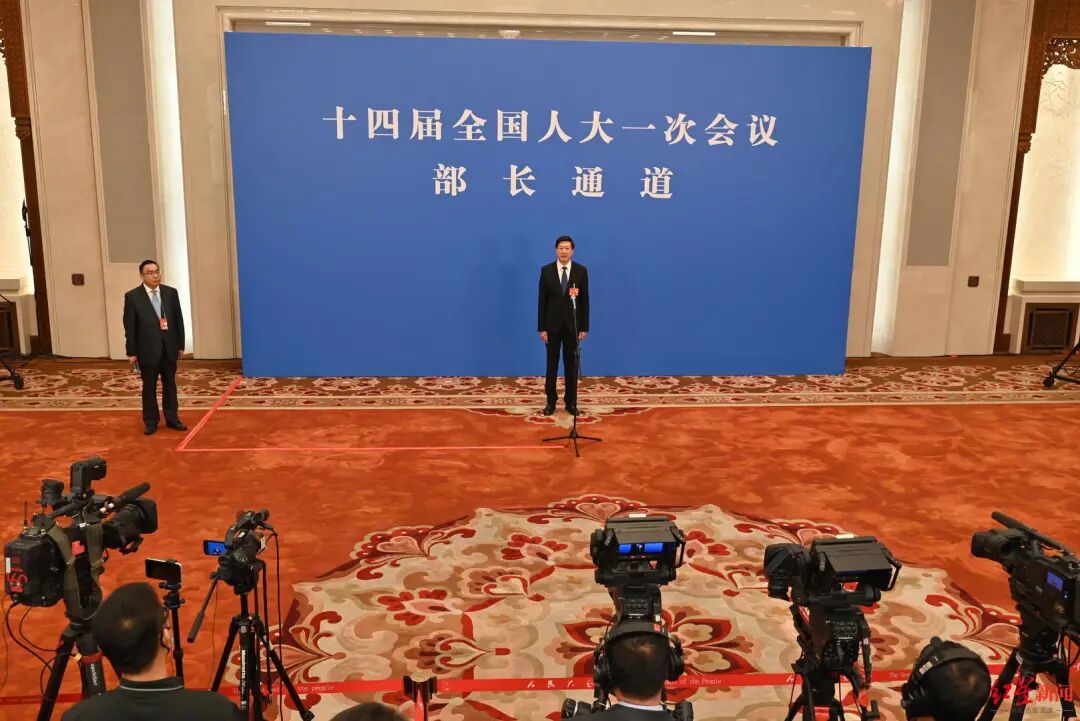
Notice on Forwarding Information About the 2025 China · Sanmenxia Mother River Crossing Event
Notice on Hosting the 2025 National Swimming Pool Facility Water Quality Management Training Course
FINA's Revisions to the Open Water Swimming Competition Rules
Notice on Hosting the 2025 National Open Water Swimming Competition Organizing and Management Training Workshop
Notice on Hosting the 2025 Swimming Pool Water Quality Management Training Course (Beijing Session)
The National Spring Swimming Championships will be held in Qingdao on March 18.

